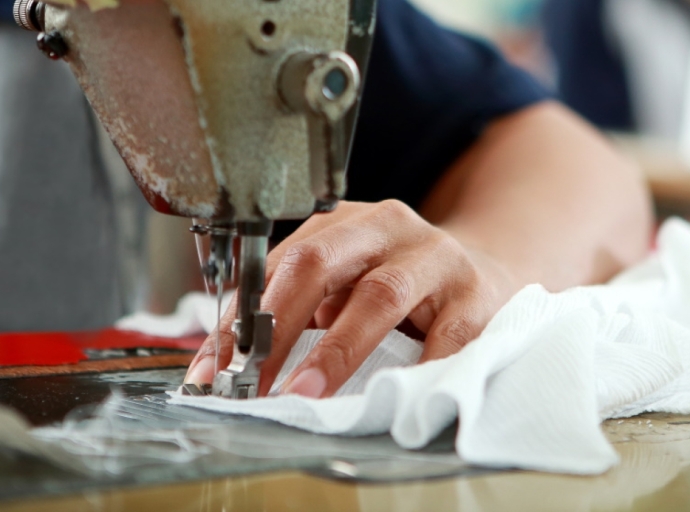08 April 2022, Mumbai:
Groz-Beckert
Groz-Beckert is the world’s leading provider of industrial machine needles, precision parts, and fine tools, as well as systems and services for the production and joining of textile fabrics.
All around the world, the products and services support the textile processes of knitting and warp knitting, weaving, felting, tufting, carding, and sewing.
_large.jpeg)
ALSO READ Groz-Beckert to conduct Elements of a sewing machine needle 'Webinar' for leather products
Groz-Beckert offers the right sewing machine needle for every seam.
The core philosophy of the company is," Sewing machine needles are the unsung heroes of everyday sewing".
Everything comes together at the headquarters in Albstadt, Germany. The family-owned company also has further production sites in Germany, Belgium, the Czech Republic, Portugal, the USA, India, China, and Vietnam.
Numerous sales affiliates and sales partners complement the international presence. Groz-Beckert offers its customers a comprehensive partnership – without boundaries and on-site in over 150 countries.
_large.png)
Groz-Beckert has opened its first showroom in India – in the rising weaving market in Ichalkaranji.
The spotlight of the weaving showroom is the brand new absolutely automated WarpMasterPlus drawing-in machine.
KnotMaster collection knotting machines and equipment from the weaving preparation portfolio are additionally out there for coaching, testing, and demonstrations.
The WarpMasterPlus is the newest technology of absolutely automated drawing-in machines. The system of the WarpMasterPlus was fully redeveloped from the bottom up.
The newest applied sciences have been constantly used to convey a machine to the market that’s already geared up at the moment for future necessities with regard to elevated automation in view of Industry 4.0.
Join our community on Linkedin
CREDITS: Groz-Beckert US News Centre (The news article has not been edited by DFU Publications staff).

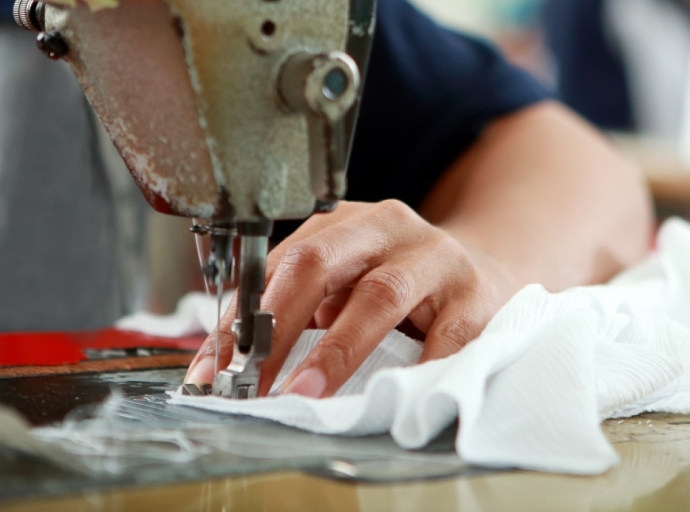


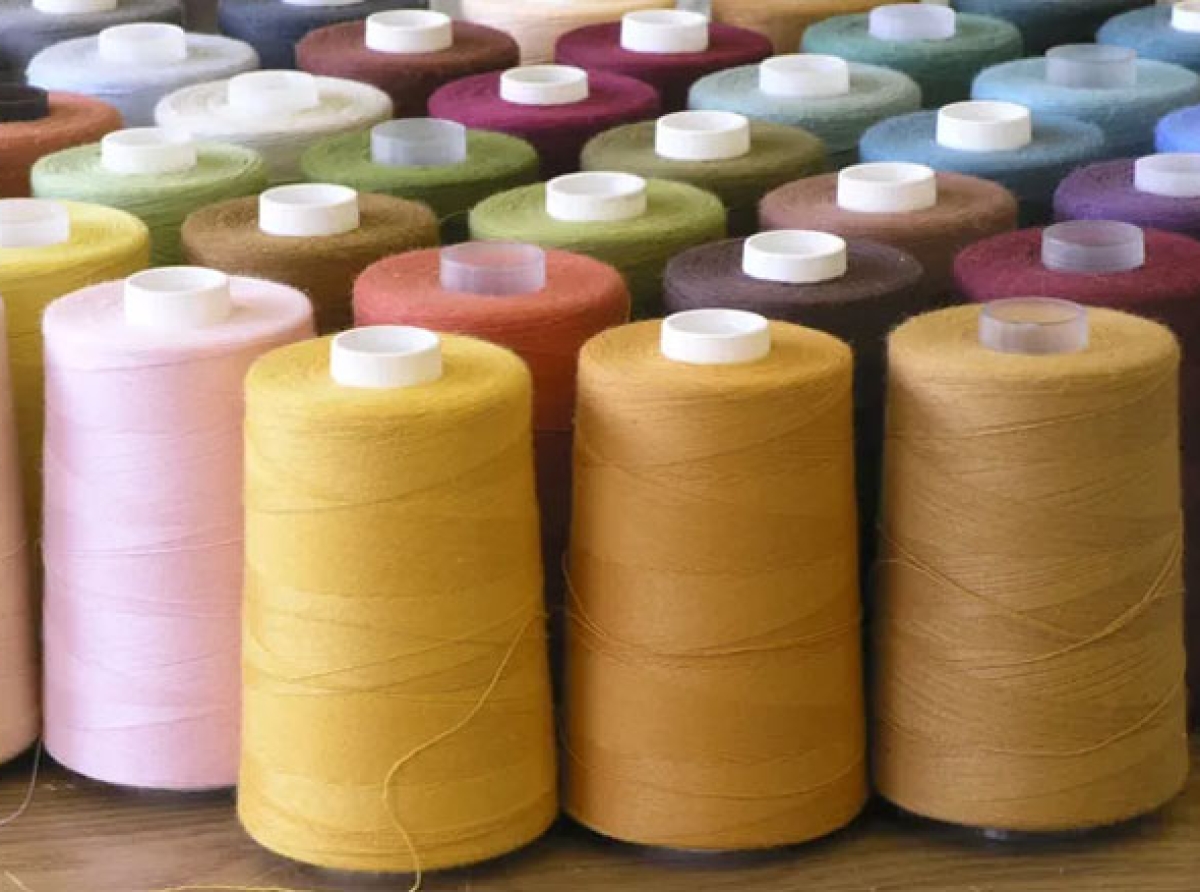
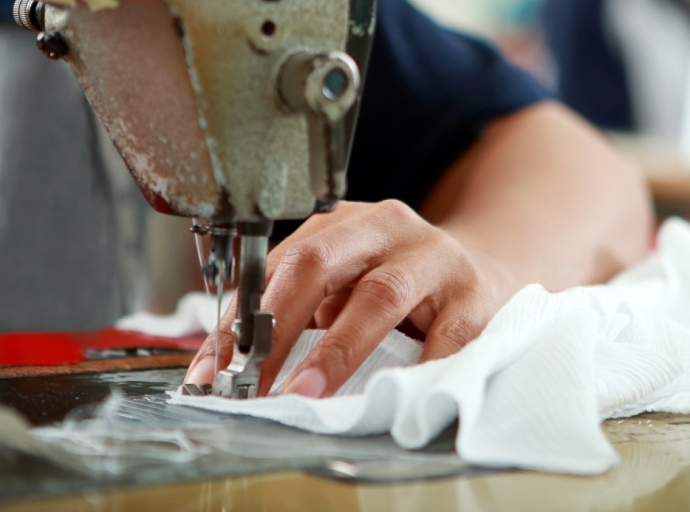
_large.jpeg)


_large.jpeg)
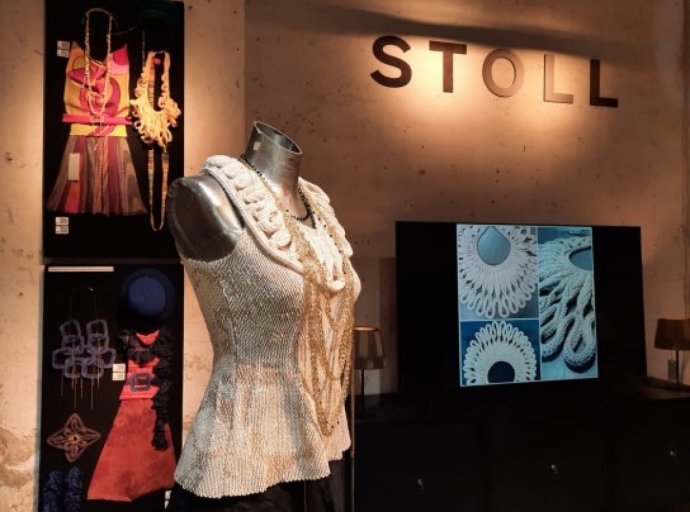


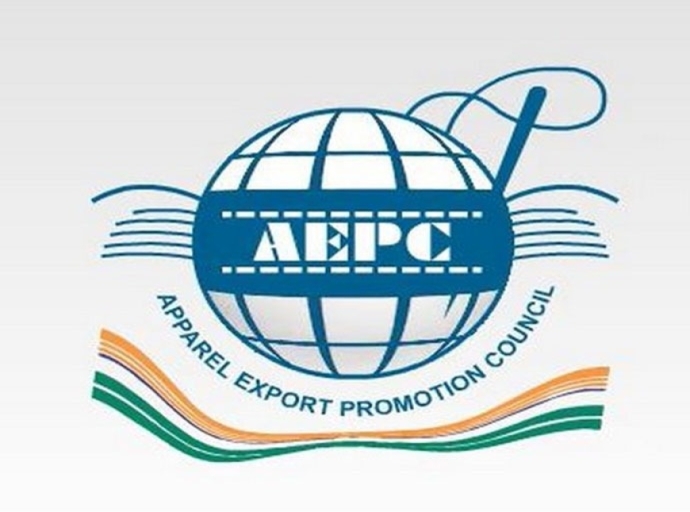
_large.jpeg)

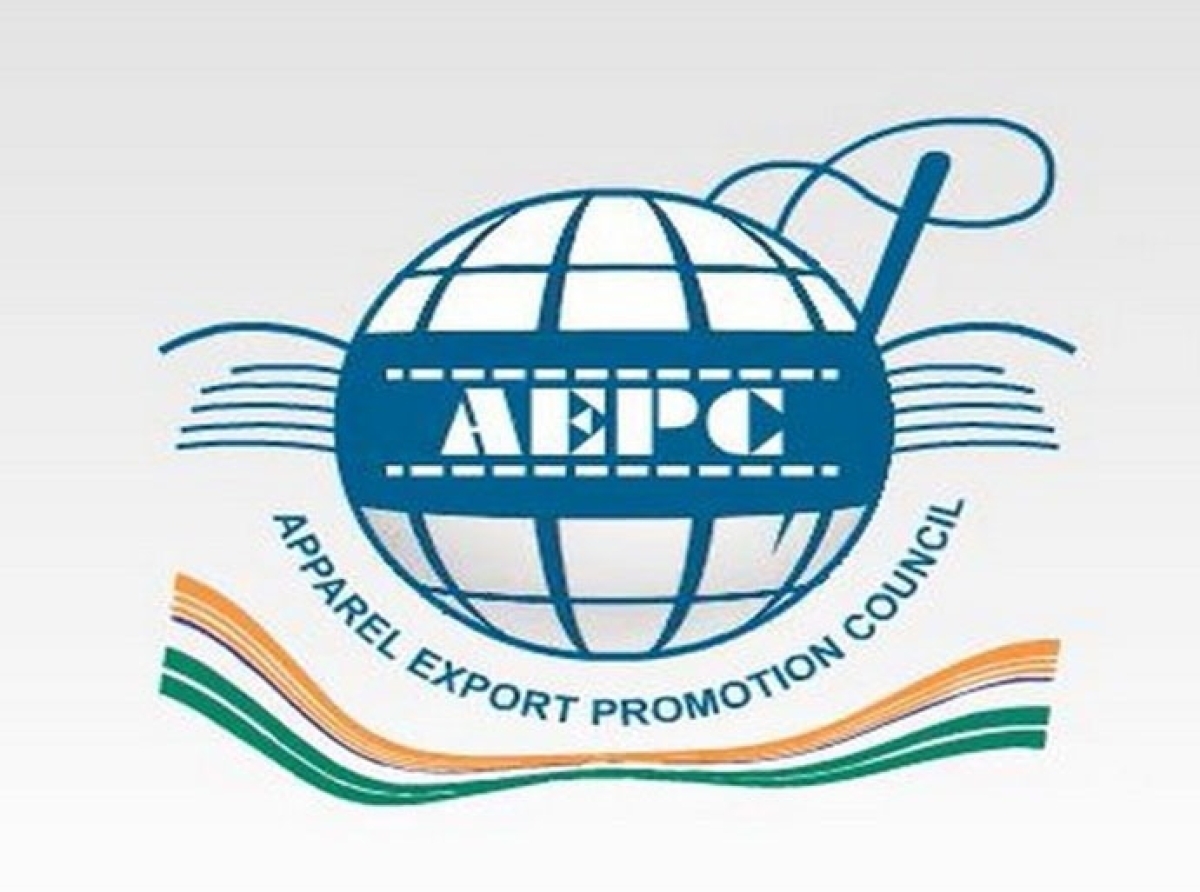

_large.png)

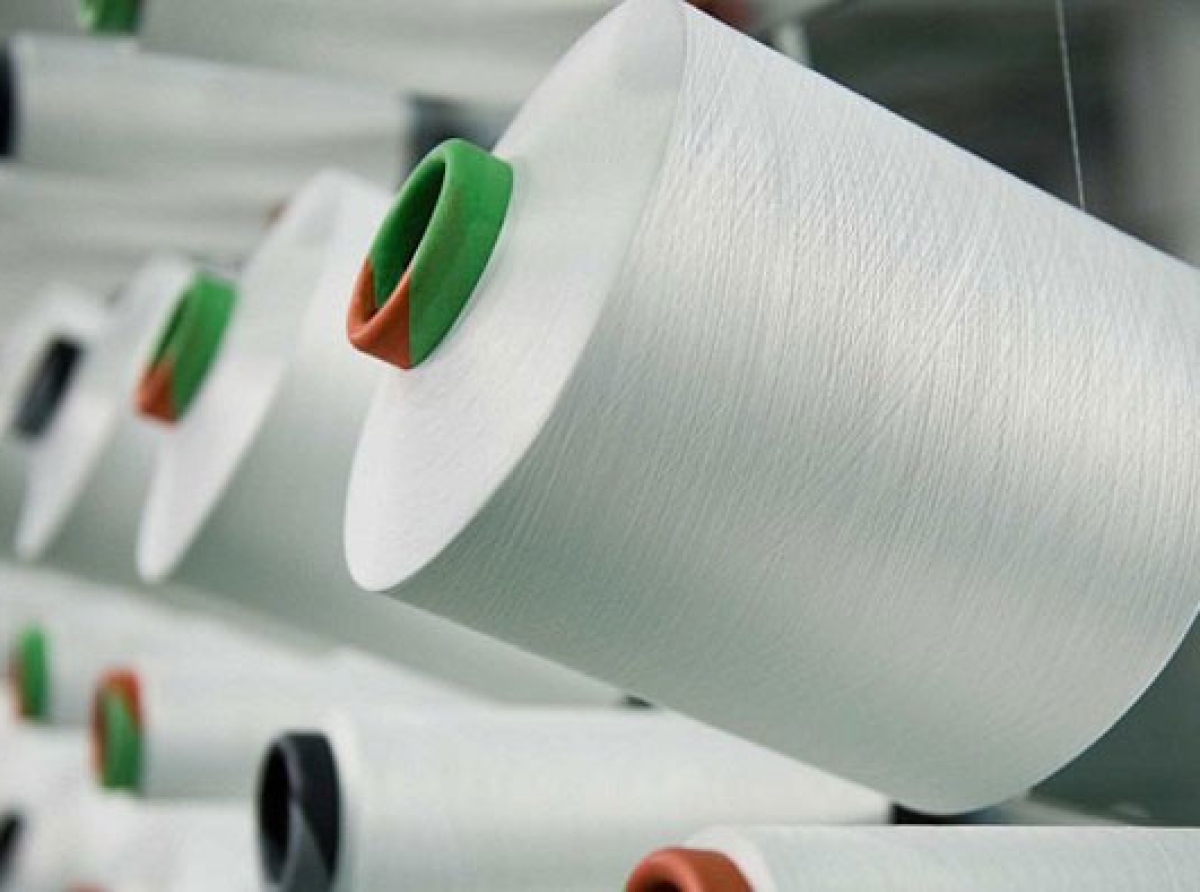
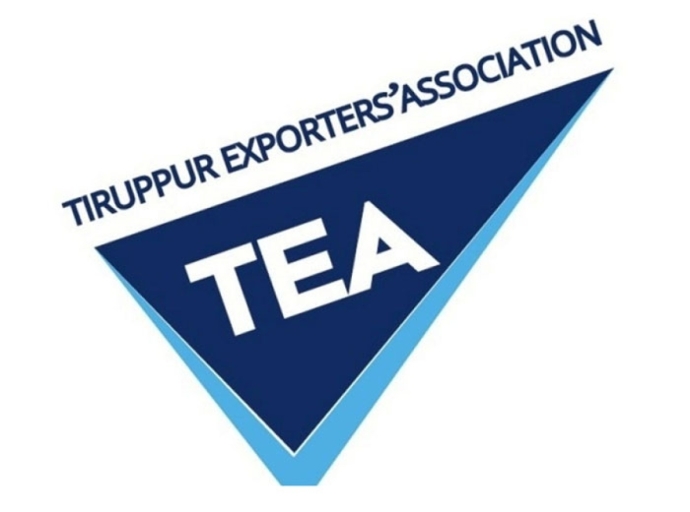
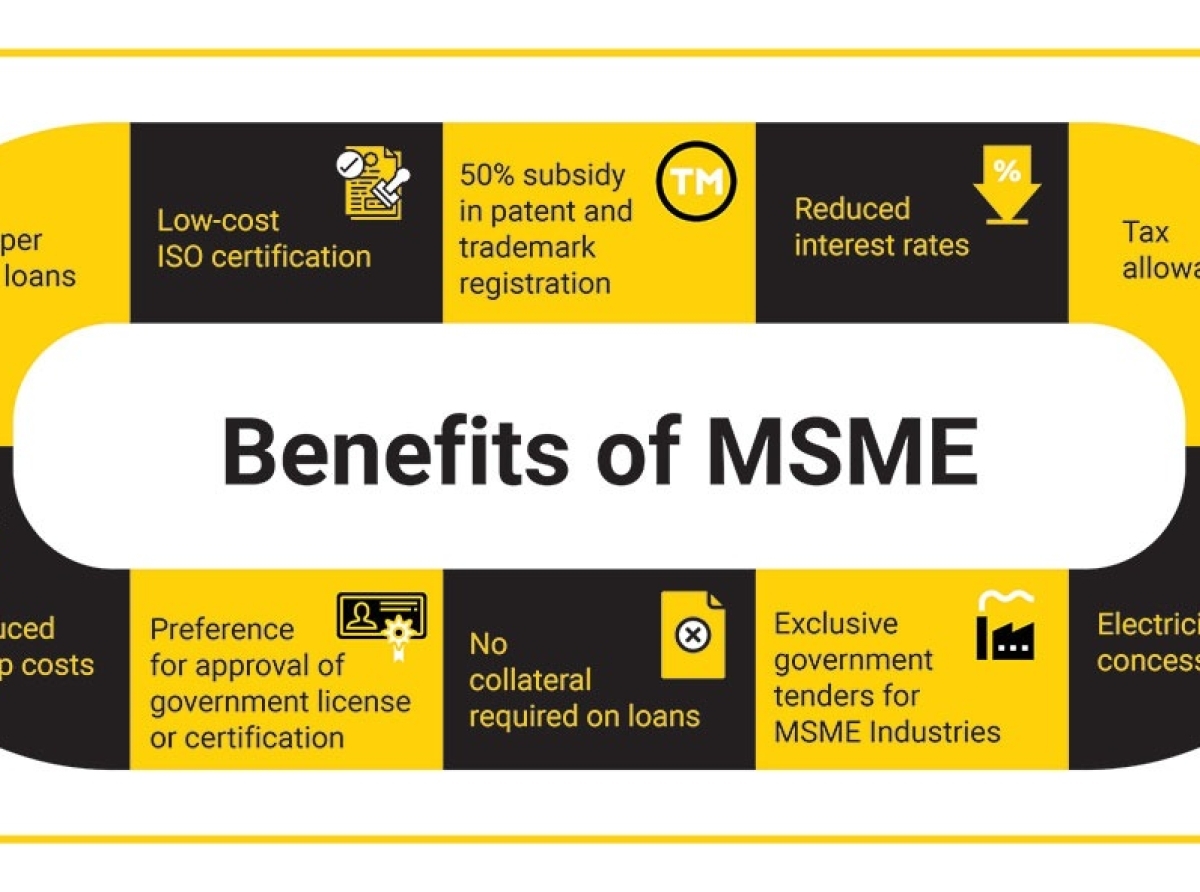

_large.jpeg)
